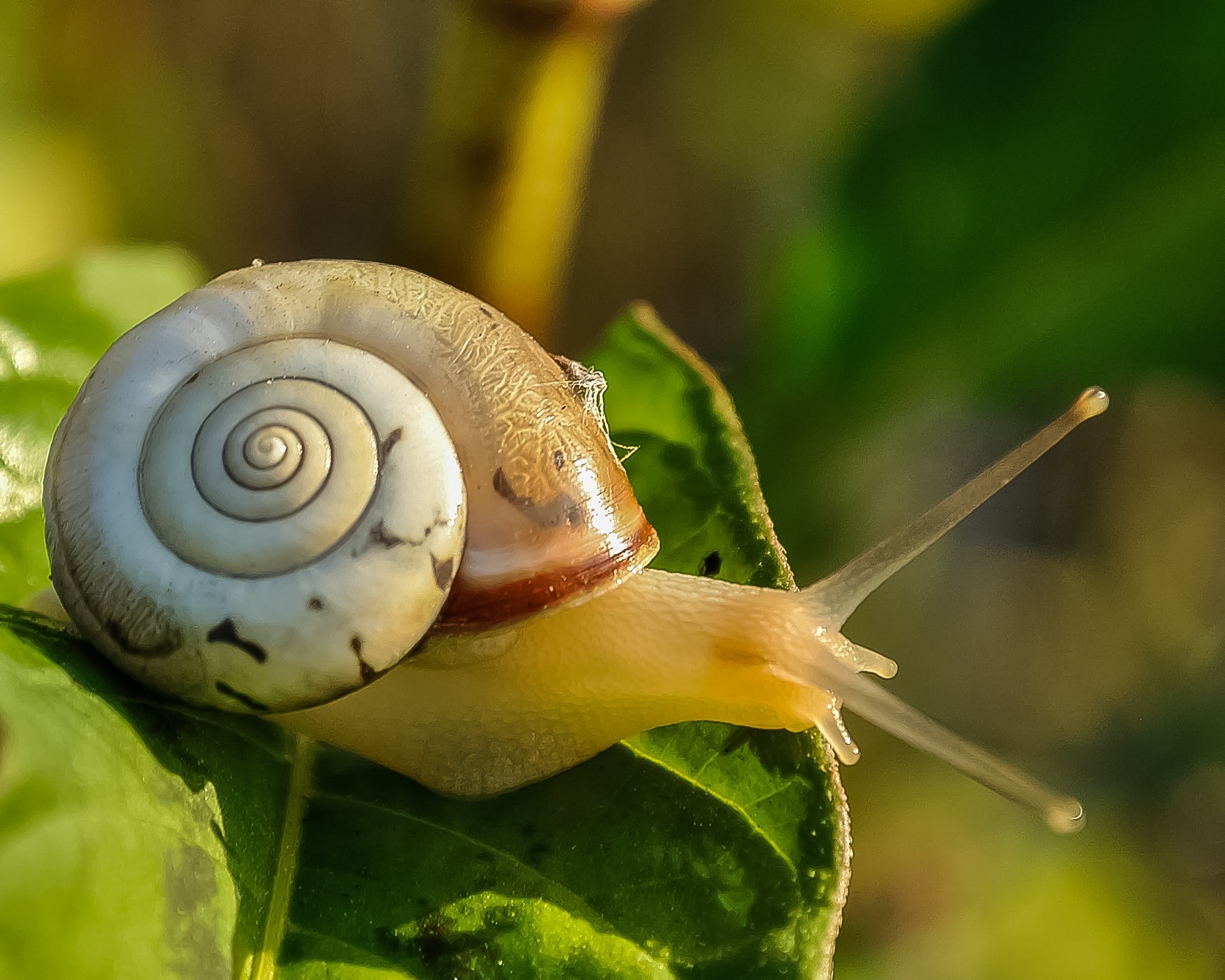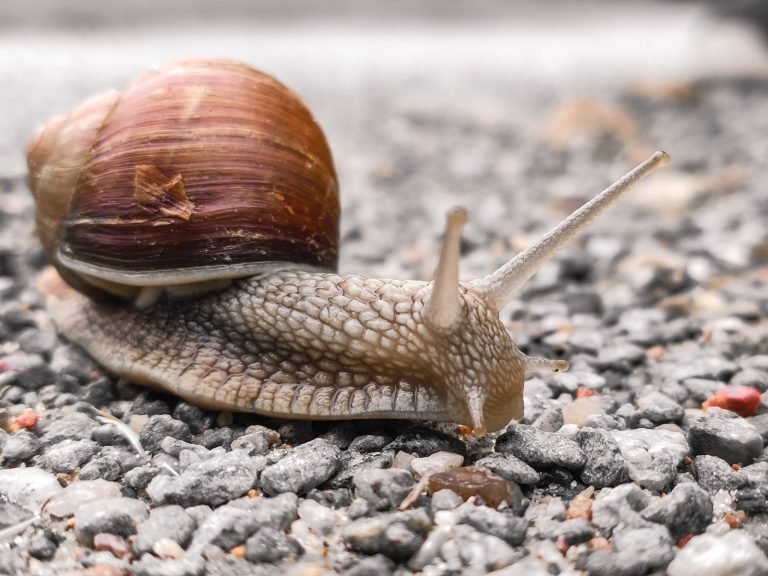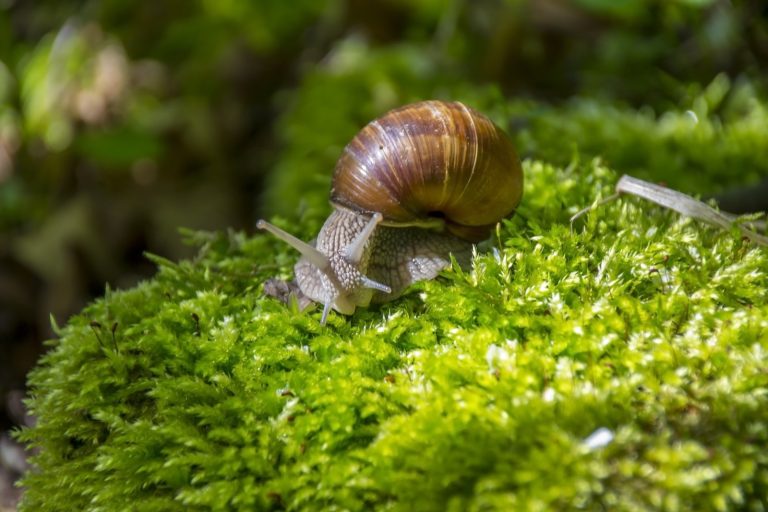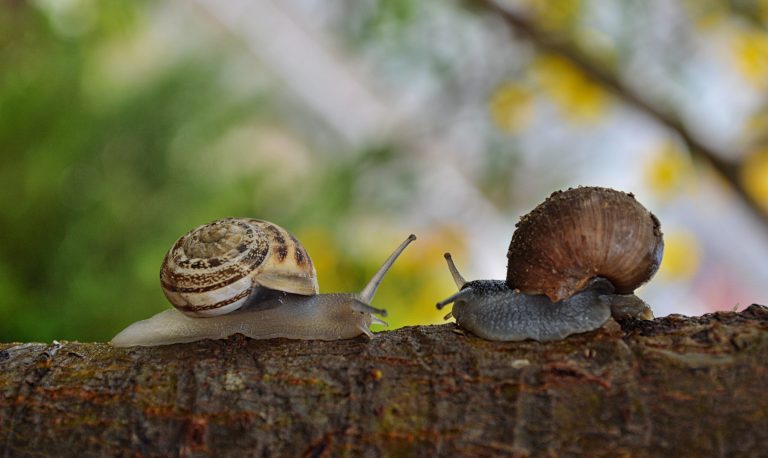Nerite snails are fascinating creatures that are commonly kept in aquariums. Their unique appearance and beneficial role in maintaining a healthy aquatic environment make them a popular choice among hobbyists. However, there may be instances where you notice that your nerite snail is not moving as much as usual. In this article, we will explore the possible causes behind this behavior and provide solutions to help your snail regain its vitality.

Why is My Nerite Snail Not Moving?
Stress and Environmental Factors
One possible reason for a nerite snail’s lack of movement is stress caused by unfavorable environmental conditions. Nerite snails are sensitive to changes in water parameters, such as temperature, pH, and hardness. Fluctuations in these factors can disturb their natural behavior and lead to reduced activity.
To ensure the well-being of your nerite snail, it is important to maintain stable water conditions within the recommended range. Regularly check and adjust the temperature, pH, and hardness levels to match the snail’s requirements. Using a reliable aquarium thermometer and water testing kits will help you monitor and maintain optimal conditions.
Insufficient Food Supply
Nerite snails are known for their voracious appetite and constant grazing. If your snail is not moving, it could indicate a lack of food availability. Nerite snails primarily feed on algae, which serves as their main source of nutrition. In an aquarium with limited algae growth, the snail may not find enough food to sustain its energy levels, resulting in reduced movement.
To address this issue, ensure that your tank provides an ample supply of algae. Consider adding live plants or algae wafers specifically formulated for nerite snails. These food sources will not only promote their movement but also contribute to a healthier aquatic ecosystem.
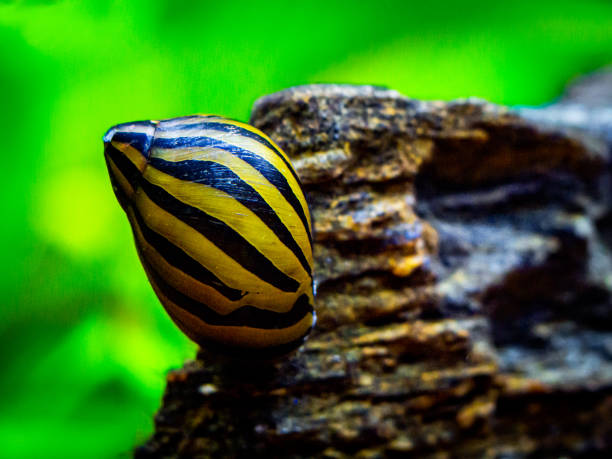
Molting Process
Another reason for a nerite snail’s temporary immobility is the molting process. Like many other aquatic creatures, nerite snails periodically shed their old exoskeleton to allow for growth. During this molting phase, which can last several days, the snail may appear motionless.
It is important to be patient and avoid disturbing the snail during this time. Providing a calm and undisturbed environment will enable the snail to complete its molting process successfully. Once the snail has shed its old exoskeleton, it will resume its normal activities.
Lack of Oxygen
Insufficient oxygen levels in the aquarium can also affect the movement of nerite snails. Oxygen is crucial for the snail’s respiratory system, and a deficiency can lead to lethargy and decreased mobility. This issue is more common in heavily stocked or poorly aerated tanks.
To ensure your snail has an adequate oxygen supply, consider increasing surface agitation through the use of an air pump or aquarium filter. Additionally, regular water changes can help maintain oxygen levels and improve overall water quality.

FAQs about Nerite Snails Not Moving
Q1: Why is my nerite snail not moving after I introduced it to my aquarium?
A1: When introducing a new nerite snail to an aquarium, it is common for them to take some time to acclimate to their new surroundings. The sudden change in environment can cause temporary stress, leading to reduced movement. Give your snail some time to adjust, and ensure that the water parameters are suitable for its well-being.
Q2: Can illness or disease cause a nerite snail to become immobile?
A2: Yes, illness or disease can impact a nerite snail’s mobility. Common ailments, such as bacterial or parasitic infections, can cause weakness and lethargy. If you suspect your snail is unwell, quarantine it in a separate tank and consult with a knowledgeable veterinarian or experienced aquarist for proper diagnosis and treatment.
Q3: What should I do if my nerite snail is not moving for an extended period?
A3: If your snail remains immobile for an extended period, it is essential to investigate further. Check the water parameters, including temperature, pH, and ammonia levels, to ensure they are within the appropriate range. Additionally, examine the snail for any signs of illness or injury. If you cannot identify the cause, seeking advice from a qualified aquatic specialist is recommended.
Q4: Are there any predatory fish or invertebrates in my tank that could be causing my nerite snail to hide and not move?
A4: Yes, certain predatory fish or invertebrates in your tank may be causing stress to your nerite snail, resulting in reduced movement. Some fish species, like loaches or pufferfish, have a natural inclination to hunt snails. Ensure that the tankmates are compatible with nerite snails and do not pose a threat to their well-being.
Q5: Can a nerite snail be dead if it is not moving?
A5: While immobility can be an indication of a deceased snail, it is not always the case. Nerite snails can exhibit periods of rest or inactivity, especially during the molting process. If you suspect that your snail has passed away, carefully observe its appearance for any signs of decay or a foul odor.
Q6: How can I encourage my nerite snail to start moving again?
A6: To encourage your nerite snail to become active, ensure optimal water conditions, provide a varied diet, and create a safe and stress-free environment. Offering suitable hiding spots and maintaining good water quality will help your snail feel secure and promote natural movement.
Conclusion
Understanding the reasons behind your nerite snail’s immobility is crucial for addressing the issue effectively. By taking appropriate measures to maintain a stable environment, providing sufficient food, and monitoring their overall health, you can ensure the well-being of your nerite snail and enjoy their fascinating presence in your aquarium.
